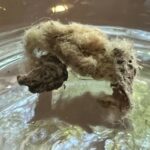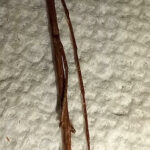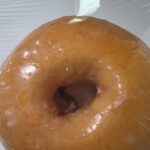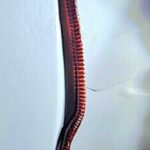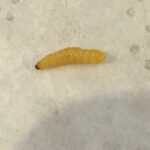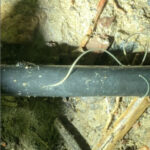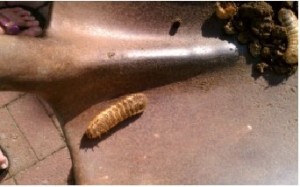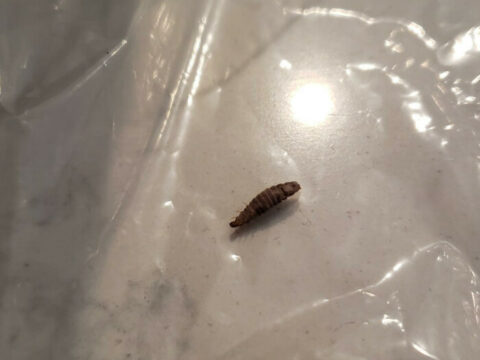There are more than 40 species of insects that have a grub worm larval stage. These insects can vary in size from the very small at 3/4 inches up to the very large at 1-1/2 inches or more. Grub worms are typically at their largest in the spring.
About Grub Worms
Also known as “white grubs” or “white grub worms,” grub worms are the larvae of scarab beetles. White grub worms are either white or gray, with a dark posterior abdomen and a brown head. Their longish wormlike bodies curl into C-shape. If you see a grub worm or several grub worms writhing around on your lawn, don’t panic. Grub worms are quite harmless to humans.
Numerous species of white grub worms currently exist all over the United States in most northern and Midwestern states, as well as in Florida. Just a few common White grubs include the Japanese beetle (Popillia japonica), May-June beetle (Phyllophaga fusca), false Japanese beetle (Strigoderma arbicola), northern masked chafer (Cyclocephala borealis), green June beetle (Cotinus nitida), European chafer (Rhizotrogus majalis), black turfgrass atanius (Ataenius spretulus), southern masked chafer (Cyclocephala lurida), and the Asiatic garden beetle (Maladera castanea).
White grub worms feed on plants and the roots of turf grasses and the adult beetles feed on trees, shrubs, and other foliage. While white grubs are harmless to humans, they can be devastating to crops because they feed on crop roots. White grubs have three larval stages, with the third being the most devastating to crops. They hatch from eggs laid in soil and they also pupate in the soil. Fortunately, the adults are not considered turf pests.
Its easy to tell whether you have a white grub worm infestation or not by the condition of your grass and the types of animals foraging around in your lawn or in your crops. When white grub worms feed on grass roots, the grass turns yellow and dies. You will notice scattered brown patches of grass and the grass will pull up very easily. If you notice an increase in birds, moles, raccoons, and depending on what part of the country you live in, armadillos, this may be because you have a white grub infestation. If you notice wasps in large numbers hovering over your grass, this may also be a sign of a white grub infestation.
Before attempting to treat a white grub worm infestation, you can confirm that you have an infestation by digging up the top three to four inches of soil, roots, and thatch. Simply sift through the materials and look for the larvae. If you find them, then its time to explore treatment options.
White grub worms have natural enemies such as ants, ground beetles, scoliids, and tiphiids. These natural predators may help to control the problem as well as keeping the soil dry, if at all possible. Preventative measures include insecticides such as Ortho Grub-B-Gon Max, Merit, Arena, Mach2, and Season-Long Grub Control.
All About Worms is always free, always reader-supported. Your tips via CashApp, Venmo, or Paypal are appreciated! Receipts will come from ISIPP Publishing.



